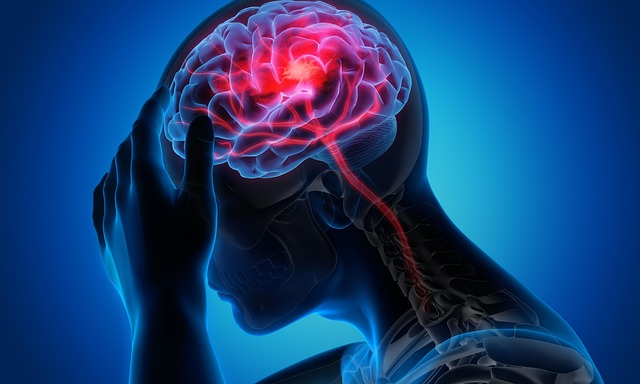
More Than Just a Headache
Migraines are not your typical headaches. They are a neurological condition that can cause intense, throbbing pain — often on one side of the head — and may be accompanied by nausea, visual disturbances, and extreme sensitivity to light or sound. For some, migraines can last for hours; for others, they can stretch into days, disrupting work, social life, and overall well‑being.
What Causes Migraines?
The exact cause of migraines isn’t fully understood, but researchers believe they involve changes in brain activity that affect nerve signals, blood vessels, and chemical balance. Genetics can play a role, meaning if migraines run in your family, you may be more likely to experience them.
Common Migraine Triggers
Identifying and avoiding triggers is one of the most effective ways to reduce migraine frequency. Common triggers include:
- Stress: Emotional or physical stress can set off an attack.
- Dietary factors: Aged cheeses, processed meats, chocolate, and foods with additives like MSG.
- Caffeine changes: Too much or sudden withdrawal.
- Sleep patterns: Too little, too much, or irregular sleep.
- Hormonal changes: Menstrual cycles, pregnancy, or menopause.
- Sensory stimuli: Bright lights, loud noises, or strong smells.
- Weather changes: Shifts in temperature, humidity, or barometric pressure.
Symptoms to Watch For
Migraines can present differently for each person, but common symptoms include:
- Severe, throbbing head pain (often one‑sided)
- Nausea and vomiting
- Sensitivity to light, sound, or smells
- Visual disturbances (flashes of light, blind spots)
- Tingling or numbness in the face or hands
Some people experience aura — sensory changes that occur before or during a migraine.
Managing and Preventing Migraines
While there’s no cure for migraines, a combination of lifestyle adjustments and medical treatment can help:
1. Keep a Migraine Diary
Track your symptoms, triggers, and lifestyle habits to identify patterns.
2. Maintain a Consistent Routine
Regular sleep, meals, and hydration can reduce attack frequency.
3. Manage Stress
Incorporate relaxation techniques like meditation, yoga, or deep breathing.
4. Watch Your Diet
Avoid known trigger foods and maintain balanced nutrition.
5. Stay Active
Moderate exercise can improve circulation and reduce stress.
6. Medical Treatment
- Acute medications to relieve symptoms during an attack
- Preventive medications for frequent or severe migraines Always consult a healthcare professional before starting or changing treatment.
When to Seek Medical Help
Seek prompt medical attention if:
- Your headaches are sudden and severe
- They change in pattern or intensity
- You experience neurological symptoms like weakness, confusion, or difficulty speaking
Final Thoughts
Migraines can be challenging, but understanding your triggers and adopting healthy habits can make a significant difference. With the right approach — and guidance from a healthcare provider — many people find ways to reduce the frequency and severity of attacks, reclaiming control over their daily lives.







